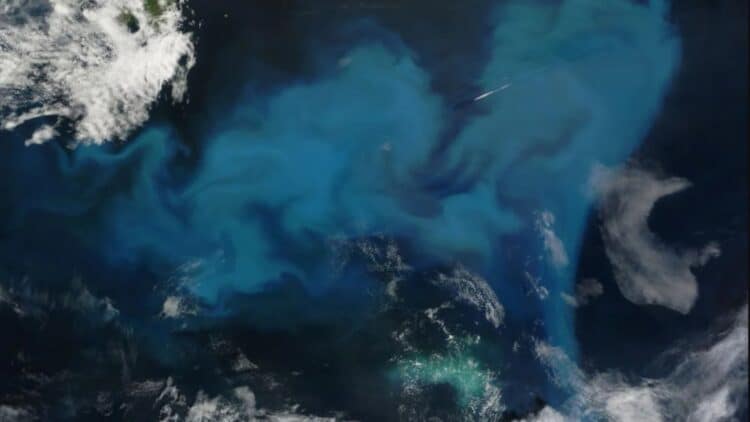While usually treasure glowing at the bottom of the ocean is a treasure chest full of coins, America’s biggest underwater treasure in history comes in the form of a beacon of glowing scientific hope. The solar-powered device can transform ordinary seawater into clean drinking water and green hydrogen fuel. The invention created by a coalition of top-tier U.S. universities could redefine the future of water access. Perhaps the invention could be the right solution at a time when we are experiencing freshwater shortages and an energy crisis. The best possible innovation was thus pulled from the depths of the sea.
Uncovering a dual energy solution
Thanks to a dedicated team of researchers from Johns Hopkins University, MIT, Cornell, Michigan State, and Lehigh University, the equation for solving water scarcity problems and the energy crisis may have changed. In the formulation of their recent study, published in Energy & Environmental Science, a device has been introduced that is capable of producing green hydrogen and drinkable water, using mostly seawater and sunlight. Introducing the hybrid solar distillation-water electrolysis (HSD-WE) device, which was created to propose a dual solution to solve the problems of clean water and energy supply.
Overview of the abstract from a study published in Energy & Environment
The abstract points out the fact that solar-powered water electrolysis can mass-produce green hydrogen. Photovoltaic electricity is essential for driving electrolysis, whereas solar cells produce waste heat that is then used to produce clean water through the process of seawater distillation. Using natural sunlight and real seawater as the core inputs, the experiment demonstrates a 12.6% solar-to-hydrogen conversion efficiency and a 35.9 L m−2 h−1 production rate of green hydrogen under one-sun illumination, where an additional 1.2 L m−2 h−1 clean water is obtained as a byproduct.
The process entails reducing reliance on clean water and electricity supplies and works to provide a fully sustainable strategy to access green hydrogen with favorable energy efficiency and technoeconomic feasibility.
Gaining drinking water from seawater
The main beauty lies in the device’s ability to multitask whilst harnessing the sun’s full potential. Although more traditional solar panels waste much of the solar energy, this device can capture electricity and heat to initiate two processes:
- Electrolysis- the extraction of hydrogen from distilled seawater.
- Solar distillation- the purification of water for drinking or agriculture.
The device’s design prevents corrosion, salt buildup, and energy inefficiencies usually associated with seawater-based systems. Due to a capillary wick and thermal separation, the seawater never touches the sensitive electrocatalysts, making the system have a longer lifespan. What results is a compact unit 10cm x 10cm that can produce 200ml of hydrogen and 1.2 liters of clean water per hour from reaping the benefit of the sun and ocean water.
What results from these changes?
This innovation signifies a change in the way we view water and energy. While solar-powered desalination has long been restricted by cost and scale, this system changes the script by combining the two functions into a single and efficient process.
The results lead to:
- Generating green hydrogen at costs as low as $1/kg.
- Clean water production in coastal and arid regions.
- A suitable alternative to carbon-heavy energy production and wasteful water usage.
Making the most of the sun and the sea
This transformative discovery of the hybrid solar distillation-water electrolysis (HSD-WE) prototype is much needed in a world threatened by energy insecurities and water shortages. The ocean can be seen as a renewable source of fuel and water. The future of energy lies at the bottom of the ocean, glowing with a glimmer of hope for a brighter and cleaner future. Now, it is up to us to uncover all the hidden secrets of the sea.


